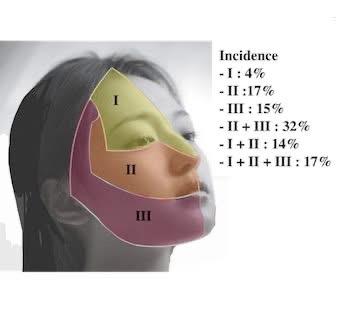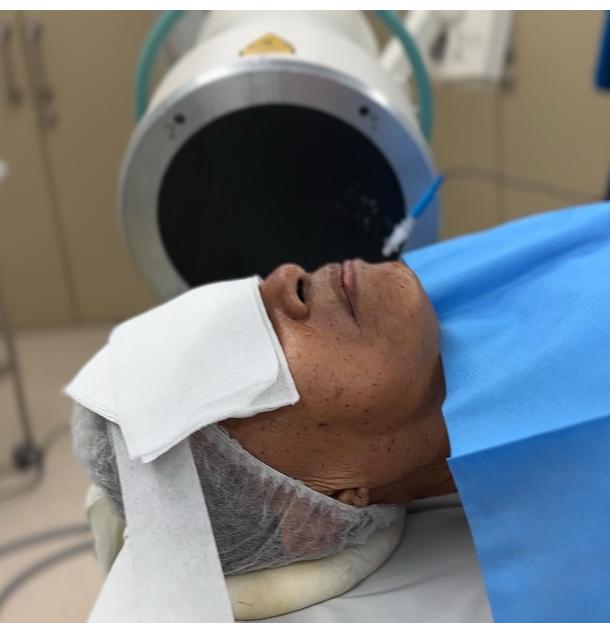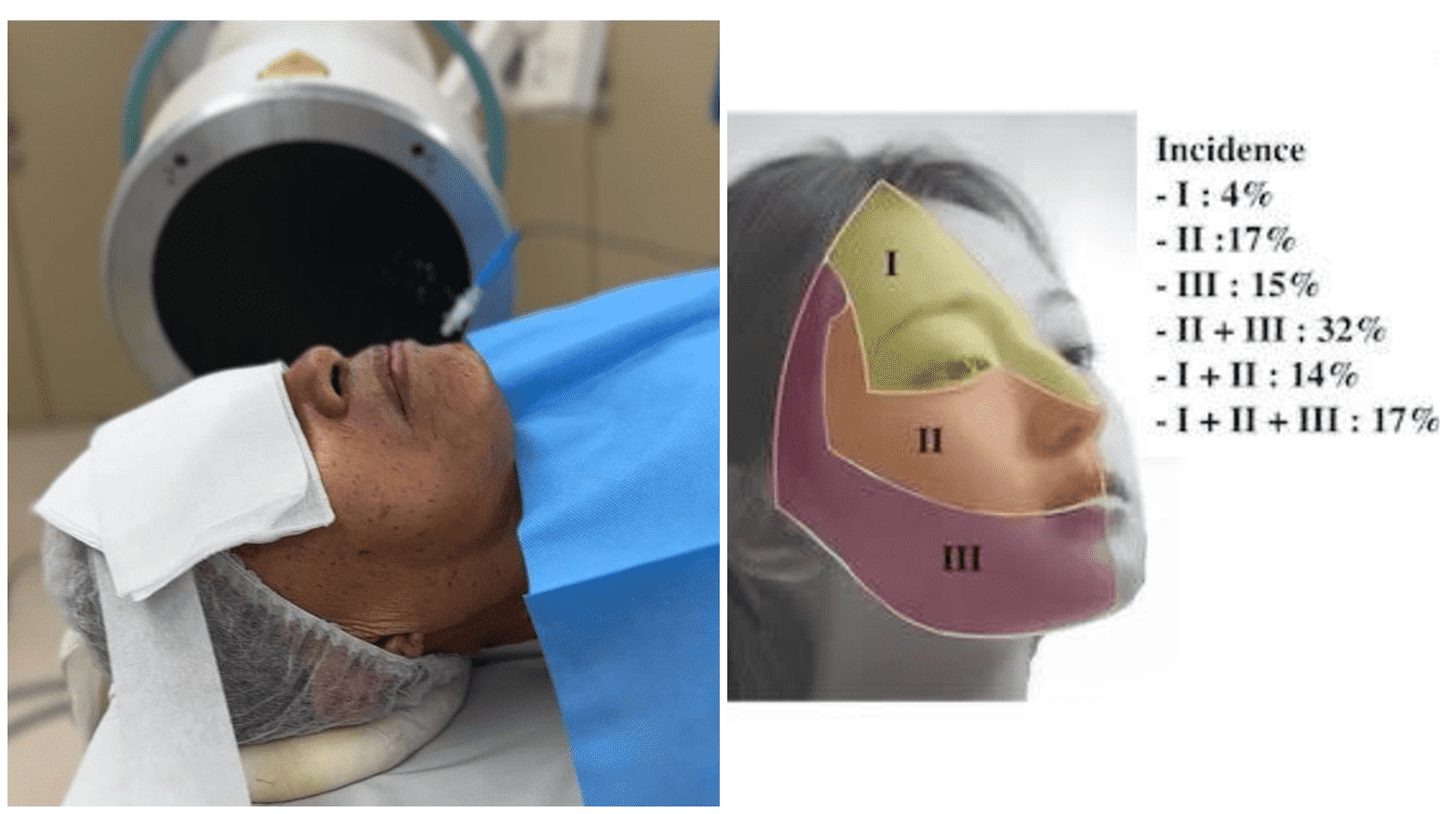KUCHING – Trigeminal Neuralgia, often described as one of the most painful conditions known to medicine, is a severe form of nerve pain affecting the face, said Consultant Pain Specialist Dr Chen Chee Kean.
He explained that the Trigeminal nerve, also known as the fifth cranial nerve, is one of 12 nerves that directly originate from the brain — and it is the largest among them. Once it exits the skull, the nerve divides into three major branches: the ophthalmic, the maxillary, and the mandibular nerves. These branches control sensation in different areas of the face.

According to Dr Chen, as many as 90% of trigeminal neuralgia cases have no known cause. Most patients, about 70%, experience pain in the maxillary and mandibular branches, where discomfort is typically felt around the cheek, upper and lower jaw, gums, and tongue. The condition is more common among women, and symptoms usually begin in the late 30s.
“This type of facial pain can severely disrupt daily life,” said Dr Chen. “Patients often find it difficult to wash their face, brush their teeth, speak, chew food, or even smile without triggering sharp pain.”
He described the pain as sudden, electric shock-like, or stabbing, and it may also feel like burning, tingling, or extreme sensitivity to touch.
Before confirming the diagnosis, doctors usually conduct a neurological assessment and MRI scan to rule out possible causes such as tumours, blood vessel compression, or infections, which make up around 10% of the cases.

Treatment options include medications, interventional pain procedures, and surgery. Medications like Carbamazepine, Pregabalin, and Gabapentin can help manage pain, but Dr Chen warned that they often cause sleepiness and drowsiness, and may not be suitable for women planning pregnancy. Long-term use can also lead to dependency and reduced effectiveness.
For patients who do not respond well to medications, Dr Chen highlighted radiofrequency injection therapy as a modern, effective alternative. “This minimally invasive procedure targets only the affected nerve branch. It’s a day-care treatment — patients don’t need to stay in the hospital and can usually return home the same day,” he said.

He added that radiofrequency intervention has shown high success rates and long-lasting pain relief, providing new hope for patients suffering from this debilitating condition.







